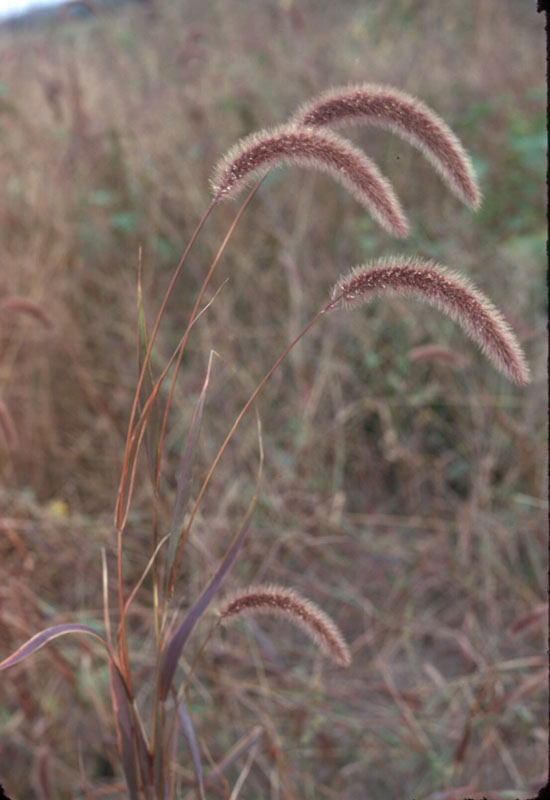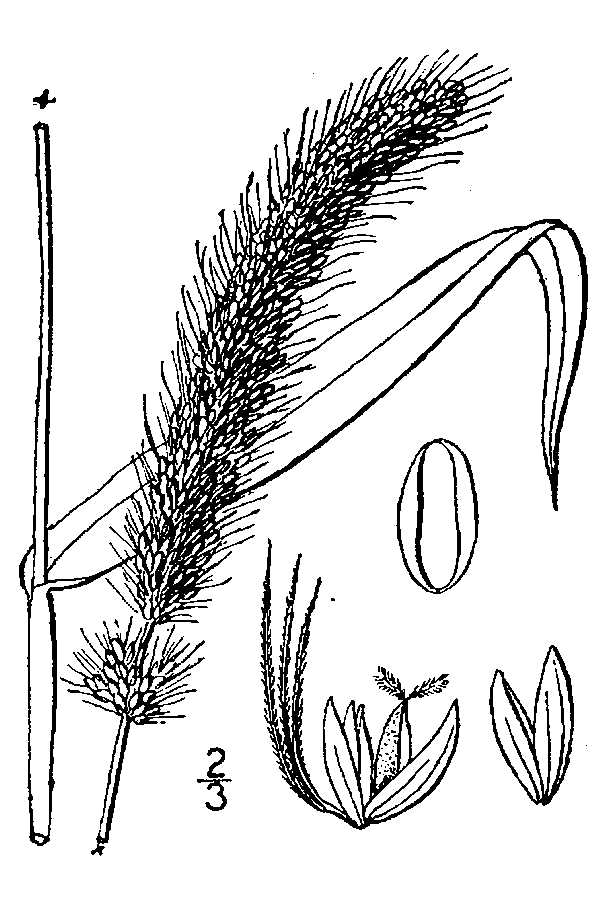![]() Species |
Rice |
Maize |
Wheat |
Barley |
Oats |
Foxtail Millet |
Pearl Millet |
Rye |
Sorghum |
Wild Rice |
Brachypodium |
Oryza Species |
Grape |
Arabidopsis
Species |
Rice |
Maize |
Wheat |
Barley |
Oats |
Foxtail Millet |
Pearl Millet |
Rye |
Sorghum |
Wild Rice |
Brachypodium |
Oryza Species |
Grape |
Arabidopsis
The term "millet" comprises several genera of annual grasses that produce small seeds grown as cereal crops, although some millets are grown as forages rather than for grain production).(4, 8, 10). There are about 6,000 varieties of millet (10), categorized into several main types of millet (see taxonomy). Millets are a significant food staple of many parts of the world (see nutrition).
Millet is one of the oldest cultivated foods known to humans (2, 8, 9). As with many cereals, the history of the grain is diverse and difficult to track. Millets have been a staple in Northern Africa for thousands of years (9), and was a staple in the Far East (China, India) prior to the popularity of rice and maize (4, 8, 9, 10). Millet's popularity in these areas is due to its ability to grow in dry climates unsuitable for wheat, rice and barley (9, 10).
Foxtail millet is the oldest of the cultivated millets (8). Some records from China indicate that foxtail millet originated there (3, 8, 10), while other varieties arrived in China from Africa (11, 15, 16) (see pearl millet). Carbonized foxtail millet has been identified in archaeological sites in China, with various reports of origination date [7000-5000 B.C. (15), 2000 to 1000 BC (8), more than 4000 years ago (2, 3).] From China it spread westward towards Europe (8).
When millet was introduced to the U.S. it was not well accepted for human consumption. Currently it is mostly grown as bird and cattle feed or forages (2, 8). However it is becoming more popular for human consumption as Americans seek healthier diets (9). Today, foxtail millet is grown primarily in eastern Asia (8). Combined, all millet types together rank as the sixth most important grain in the world (9, 11), (see cereal statistics). Foxtail millet ranks second in the total world production of millets, and is the most important millet for East Asia (2, 6). For more information on foxtail millet production see Maps and Statistics. For information on millet's global consumption see "Nutrition and Recipes". See also Pearl Millet.
 Courtesy Kitty Kohout @ Wisconsin State Herbarium |
 Courtesy USDA-NRCS PLANTS Database / Britton, N.L., and A. Brown. 1913. Illustrated flora of the northern states and Canada. Vol. 1: 166. |